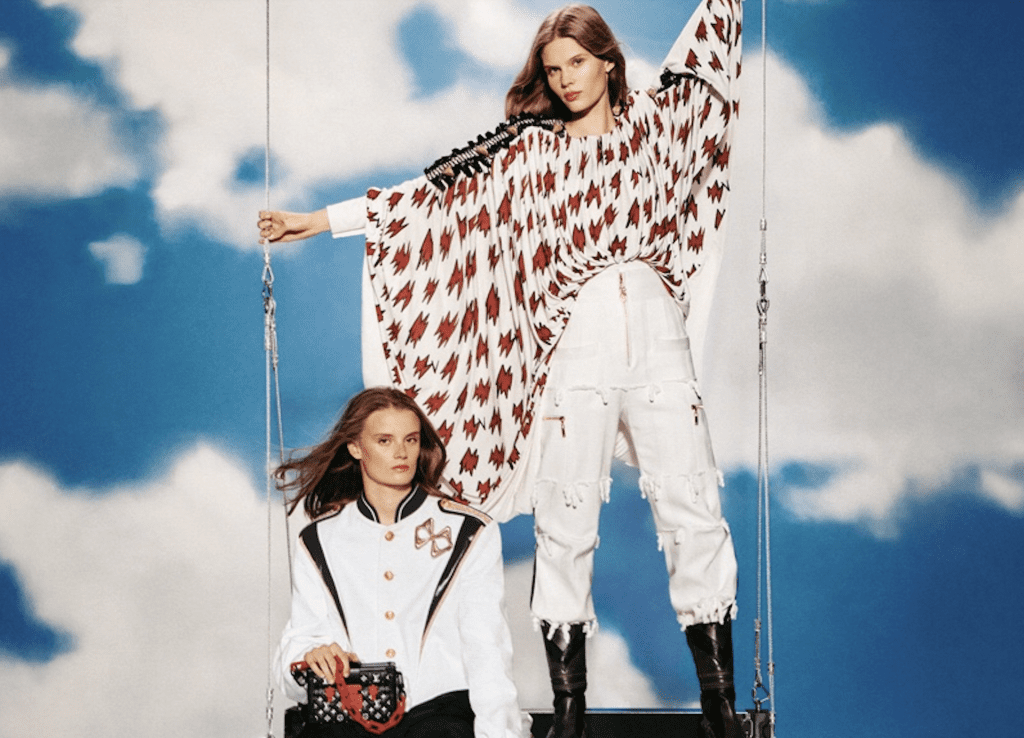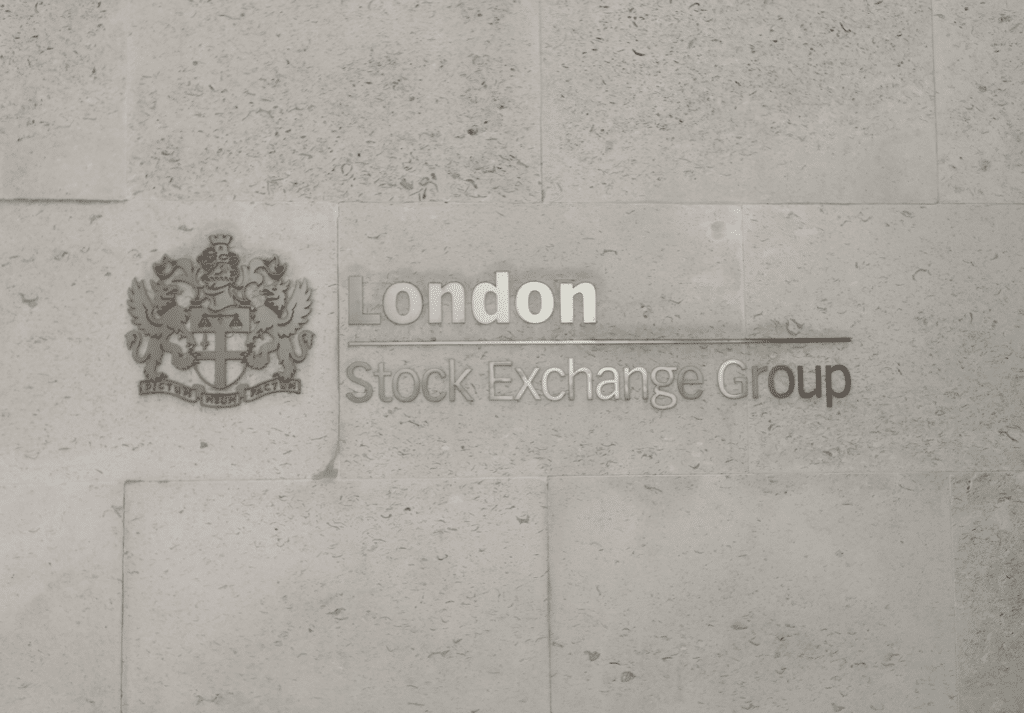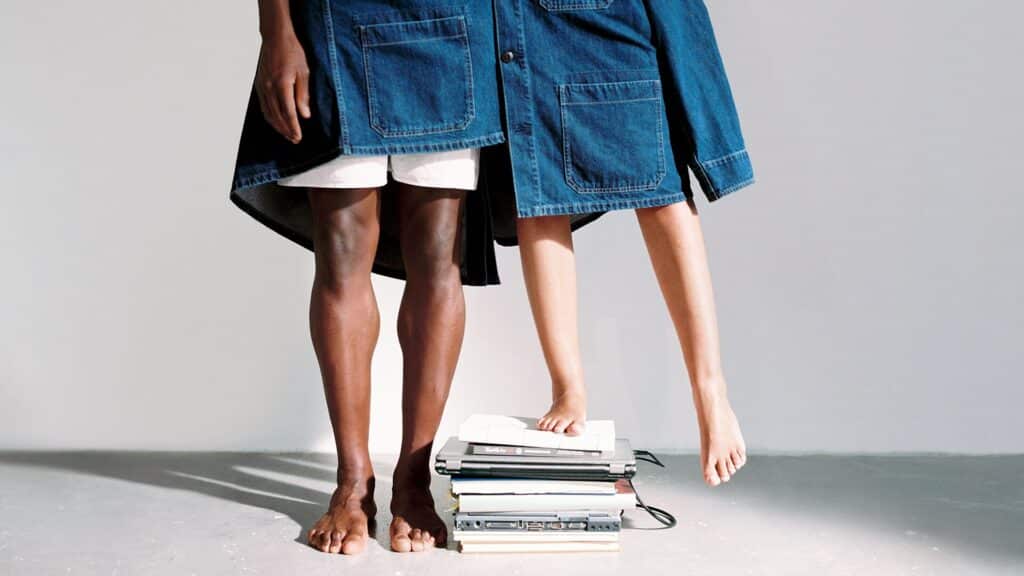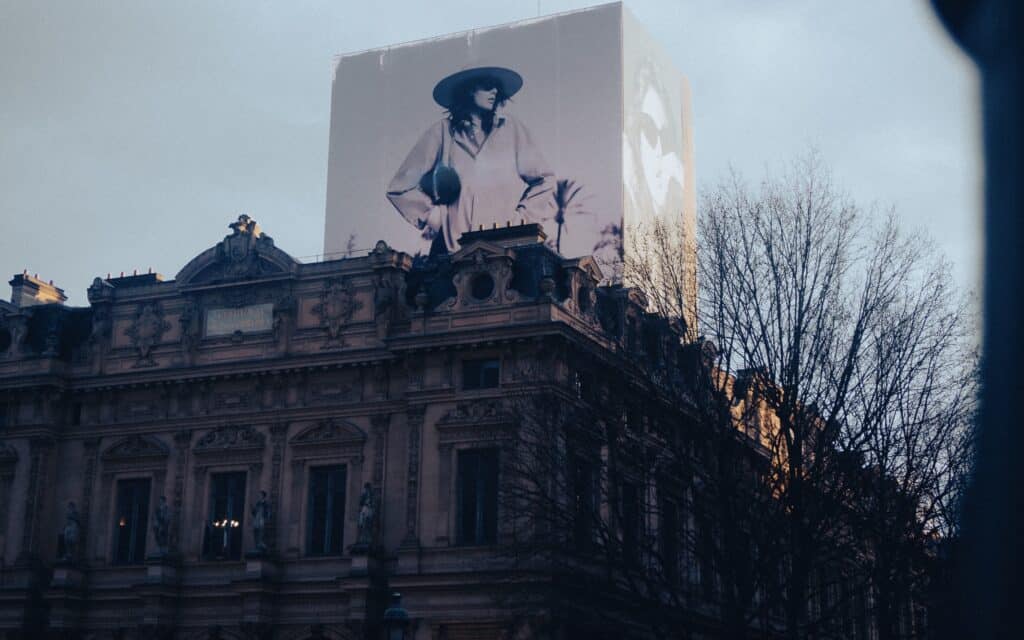LVMH Moët Hennessy Louis Vuitton reported revenue of 36.7 billion euros ($37.15 billion) in the first half of the year, up 28 percent compared to the first six months of 2021, with the French luxury goods group touting “double-digit organic revenue growth” for all of its business groups during the first half and strong growth coming from Europe, Japan and the U.S. In addition to “exceptional momentum” in champagne and cognac and “rapid growth” in fragrances and skincare, LVMH revealed that Fashion & Leather Goods had a “remarkable performance,” as consumers continue to double-down on luxury goods purchases in the wake of the pandemic.
Focusing specifically on its biggest division, LVMH revealed that Fashion & Leather Goods generated revenue of 18.1 billion euros ($18.32 billion) during the first half of the year, up 24 percent (on an organic basis) for H1, and up by 19 percent (to 9.1 billion euros) for the second quarter, which ended on June 30. In addition to revenue growth, Fashion & Leather Goods reached new “record highs” for profitability, per LVMH, with profit from recurring operations growing by 33 percent to 7.51 billion euros for H1, and its operating margin as a percentage of revenue growing by 0.6 points to 41.4 percent. (A nod to the success of enduring price hikes from Louis Vuitton, Dior, and co., which increased prices from 3 to 7 percent in H1, with “no push back from customers,” per LVMH management.)
In a note following the LVMH earnings call, Bernstein analyst Luca Solca stated that the 40 percent-plus margins for Fashion & Leather Goods” are the new normal particularly due to the performance of Dior,” which contributes “significantly” both in terms of revenues and margins, and on top of that, “Loewe, Fendi and Celine are also improving margins significantly – most brands within the divisions are reaching a profitability level which is satisfactory and commensurate to their size, which was not the case in the past.”
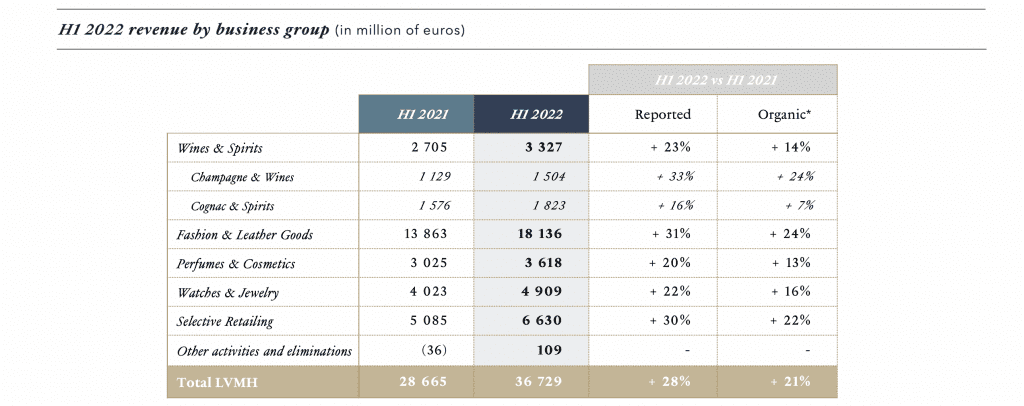
Reflecting on the “strong progress” of Fashion & Leather Goods group, LVMH primarily name-checked Louis Vuitton, Christian Dior, Fendi, Celine, Loro Piana and Loewe – leaving out the likes of Givenchy. In an apparent effort to keep up with demand for Louis Vuitton, LVMH revealed the inauguration of two new workshops for its most robust brand in France, including one for precious leathers. As for its other Fashion & Leather Goods leader, Dior, LVMH pointed to “outstanding growth in all product categories,” including “continued success of [its] Lady Dior bag.”
Meanwhile, LVMH mentioned the “success of iconic bags Peekaboo and Baguette” for Fendi; the planned opening of two new workshops in Italy in H2; and the Fendace capsule collaboration with Versace, which “generated major media coverage and commercial success, with its best-selling products selling out in the space of a few days.” It also cited “strong progress of ready-to-wear” for Celine, as well as the success of new high-end leather offerings; and in terms of Marc Jacobs, the brand boasted “fresh momentum” during H1, per LVMH, with “an impressive surge in online sales and new stores that opened in the U.S. and Europe.”
Elsewhere under its umbrella, the group revealed that the Perfumes & Cosmetics division – which recorded organic revenue growth of 13 percent for H1, reaching 3.6 billion euros – saw “excellent momentum in Perfumes” and a rebound in makeup.” LVMH also cited the impact of health restrictions in China on the division, in particular, along with its “intensification of selectivity in distribution” and its practice of “limiting promotions.”
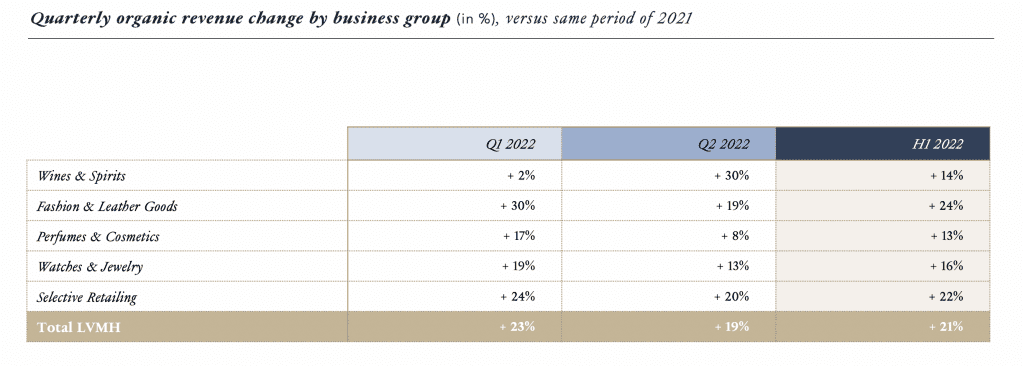
The Watches & Jewelry division – which posted revenues of 4.9 billion euros for H1, an organic increase of 16 percent – was led by the success of Tiffany & Co., which “enjoyed an excellent half-year, still driven by strong momentum in the U.S.,” as well as sales at Bulgari and watch-maker Tag Heuer. And still yet, LVMH noted a “strong rebound from Sephora” and a “recovery in hotel activities,” with luggage-maker Rimowa similarly benefitting from an uptick in travel, “stepp[ing] up its performance considerably as borders reopened around the world.” Similarly, Wine & Spirits – which saw revenues grow to 3.3 billion euros for H1 (up 14 percent on an organic basis) – felt a lift from travel resuming, as strong demand in the U.S. and Europe was “led by restaurants reopening and tourism recovery.”
Regionally speaking, LVMH saw revenue grow by 24 percent in the U.S. market for the first half of the year. Sales grew by 47 percent in Europe, 33 percent in Japan, and 1 percent in Asia (excluding Japan). As for the revenue by region breakdown, the group generated 32 percent of total H1 revenue in the Asian market (vs. 38 percent in H1 2021), followed by 27 percent of sales in the U.S. (vs. 25 percent in H1 2021), 15 percent from Europe – excluding France (vs. 14 percent in Q1 2021), 7 percent in France (vs. 5 percent in H1 2021), 7 percent in Japan (the same result as H1 2021), and 12 percent from “Other Markets” (vs. 11 percent in H1 2021).
As for the “painful” impact of the Chinese market on the group’s results, LVMH chief financial officer Jean Jacques Guiony said on an earnings call on Tuesday that sales in China, which is facing strict lockdown measures in the face of the latest wave of COVID-19, were down by “heavy double digits.” While the group saw “some improvement” towards the end of Q2, it was “not significant.” Nonetheless, management is confident that the Chinese market “will bounce-back” once the health restrictions are lifted thanks to strong, underlying demand.







